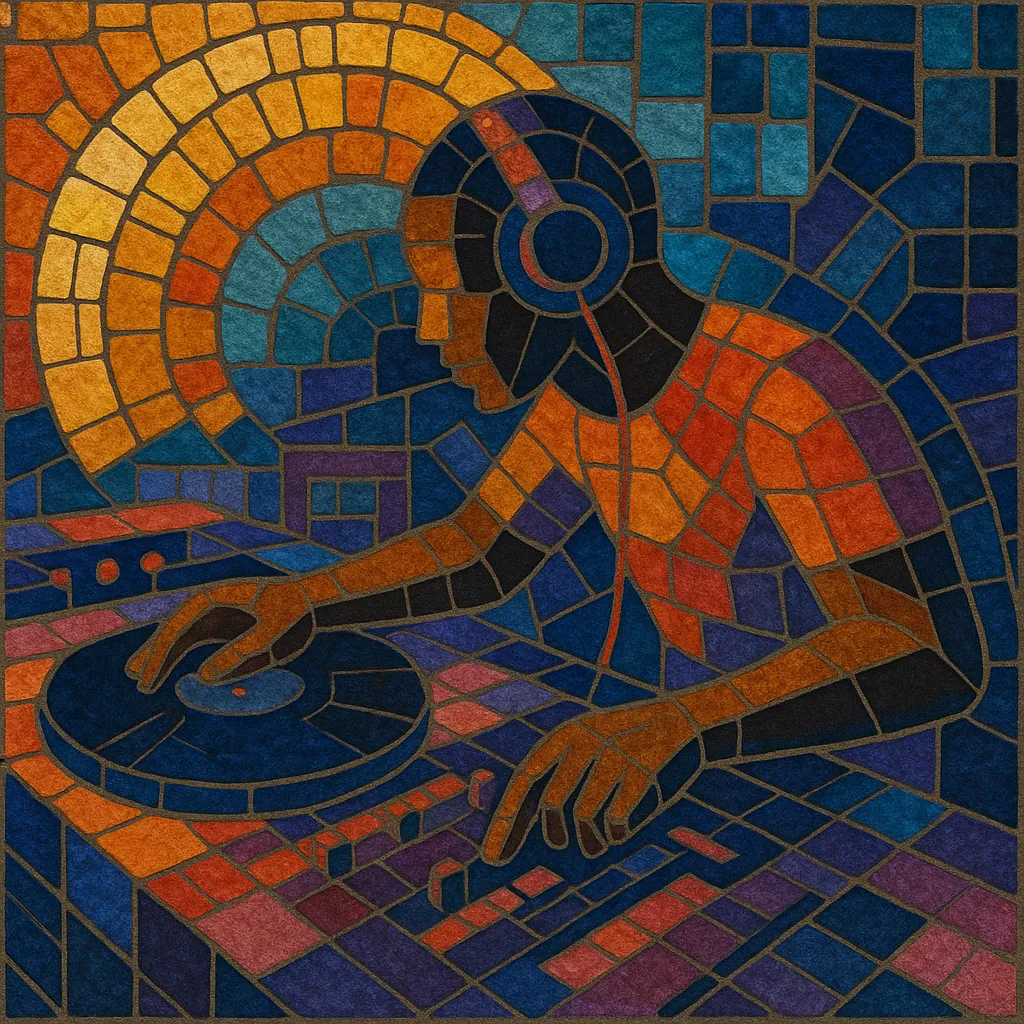House is a dance music genre that emerged in Chicago in the early 1980s, defined by a steady four-on-the-floor kick drum, off-beat hi-hats, soulful or hypnotic vocals, and groove-centric basslines. Typical tempos range from 118–130 BPM, and tracks are structured in DJ-friendly 16–32 bar phrases designed for seamless mixing.
Drawing on disco’s celebratory spirit, electro-funk’s drum-machine rigor, and Italo/Hi-NRG’s synth-led sheen, house prioritizes repetition, tension-and-release, and communal energy on the dancefloor. Its sound palette often includes 808/909 drums, sampled or replayed disco/funk elements, filtered loops, piano/organ stabs, and warm, jazzy chords.
Over time, house diversified into many substyles—deep house, acid house, French house, tech house, progressive house, and more—yet it remains a global foundation of club culture, known for emphasizing groove, inclusivity, and euphoria.
House developed in Chicago’s Black and LGBTQ+ club scenes, especially at venues like The Warehouse and the Music Box. DJs such as Frankie Knuckles and Ron Hardy extended and recontextualized disco and boogie records with drum machines (notably the Roland TR-808 and TR-909) and early samplers. In 1984, Jesse Saunders’ “On & On” is widely cited as the first pressed house record, and Trax Records became a key label for the nascent sound. Marshall Jefferson’s “Move Your Body,” Larry Heard’s (Mr. Fingers) “Can You Feel It,” and Jamie Principle’s work helped codify the genre’s soulful yet mechanical character.
By the mid-to-late 1980s, Phuture’s “Acid Tracks” (1987) introduced squelchy TB-303 basslines, giving rise to acid house. In parallel, New York and New Jersey fostered vocal- and gospel-inflected strains associated with garage (e.g., Paradise Garage), laying groundwork for deep house’s jazzy harmonies and emotive vocals.
House spread to the UK and Europe during the Second Summer of Love (1988–89), fueling the rave movement. Subgenres proliferated: progressive house emphasized long builds and atmospheric textures; French house (French touch) championed filtered disco loops; UK scenes gave rise to speed garage and, later, UK garage. Production techniques matured with improved samplers, sequencers, and affordable synths.
Electro house, big room, and tech house brought a tougher, festival-ready sound. Simultaneously, artists revived deep house aesthetics, while crossover hits pushed house into global pop charts. Tropical house, bass house, and future house refreshed the palette for a new generation of listeners and producers.
House remains a cornerstone of club culture and a major influence on contemporary dance music worldwide—from South African gqom and amapiano to pop-oriented dance productions. Its enduring legacy is the fusion of machine precision with soulful expression, designed for connection on the dancefloor.


